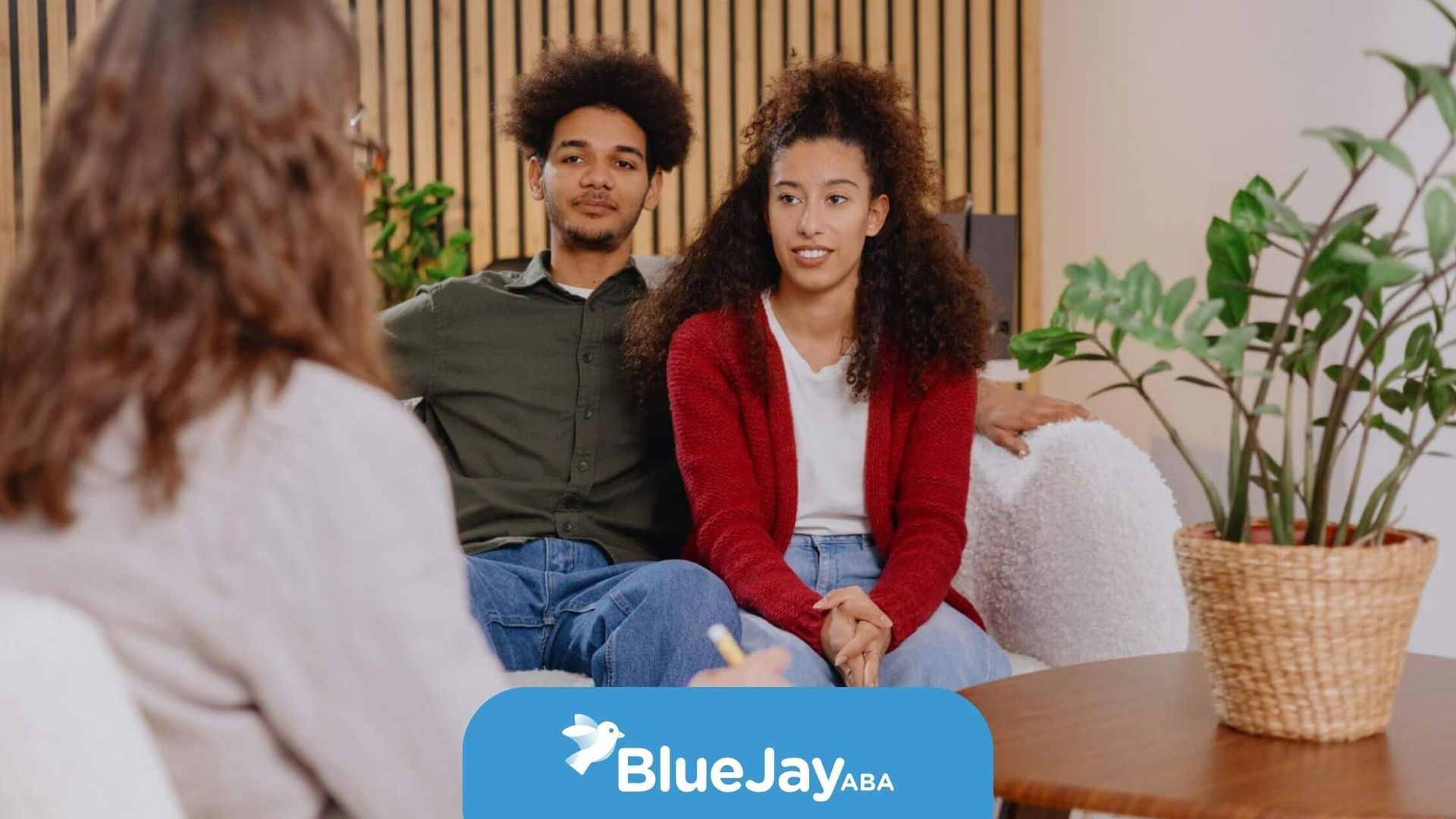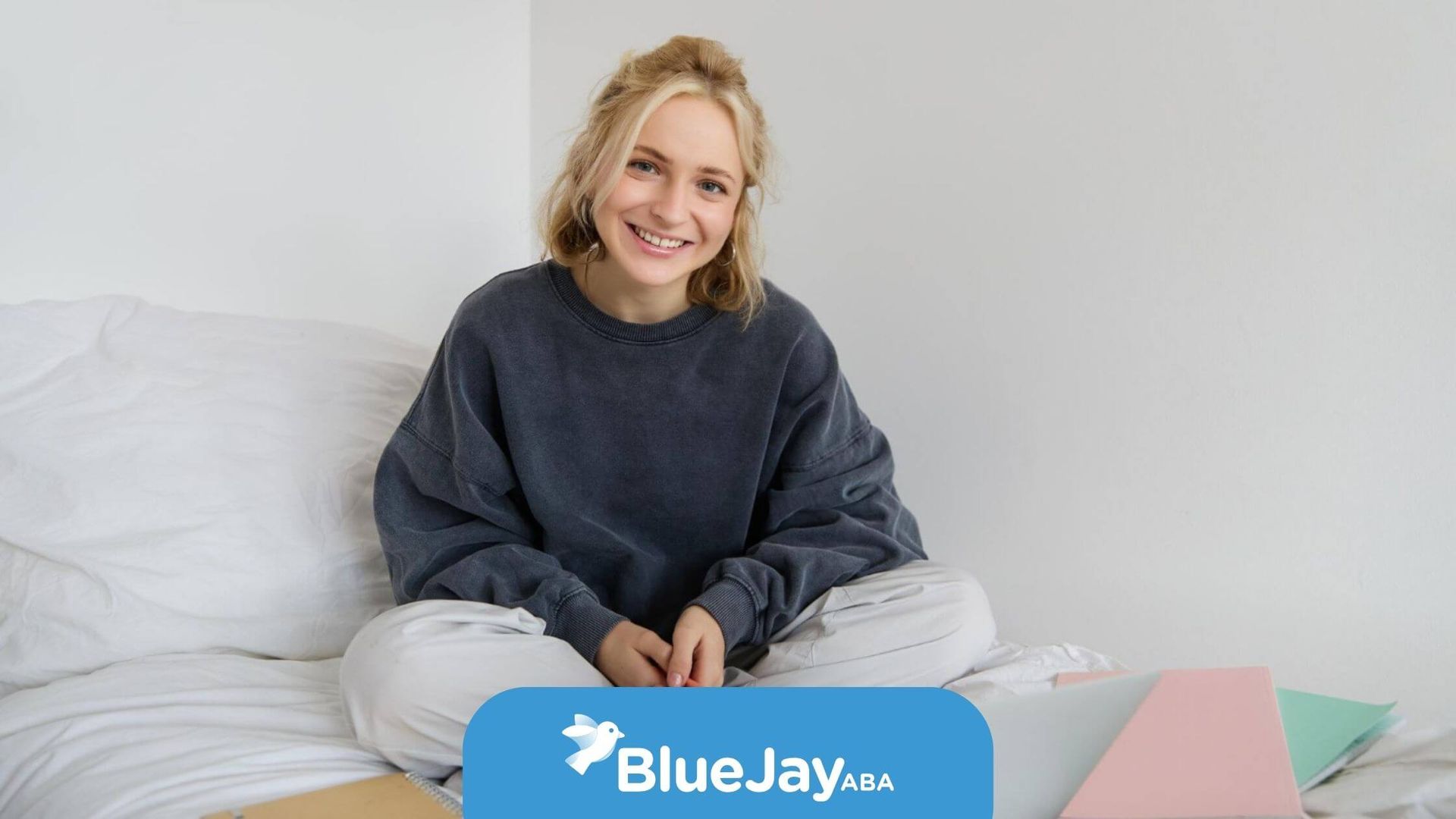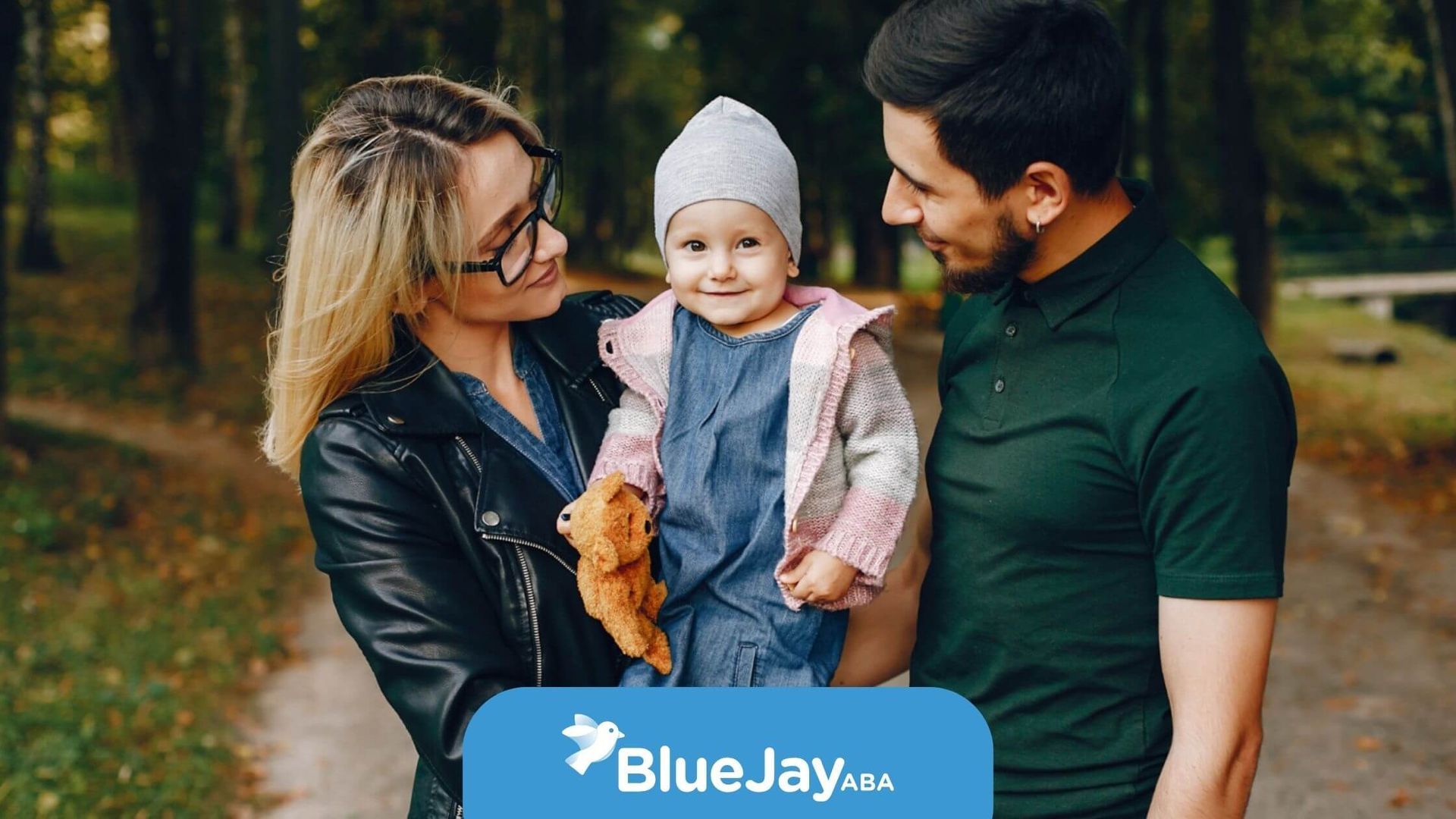Why Prompt Hierarchy in ABA Therapy Matters for Progress
Growing new skills can feel like navigating a winding path. When a child with autism spectrum disorder learns something like handwashing or tying shoelaces, each step needs a gentle guide. They need just enough support without taking over. The prompt hierarchy in ABA therapy provides that roadmap. It offers therapists and caregivers a clear sequence of cues, from the most supportive to the least intrusive, helping learners move toward independence.
This article explores why that structured sequence matters for progress. It covers how the framework works, the main types of prompts, key strategies for fading assistance, and best practices for tracking success. Educators, parents, and ABA professionals in North Carolina and beyond will find practical guidance to apply in classrooms, clinics, and homes.
Understanding Prompt Hierarchy
In ABA therapy, prompts are cues or hints that help a person complete a task or behavior. A prompt hierarchy arranges those cues from most to least intrusive. At the top are physical prompts, like hand-over-hand guidance, and at the bottom are visual or positional prompts that offer minimal support. The key goal is to start with enough assistance to ensure success, then gradually reduce it as the learner masters each step.
A prompt hierarchy typically unfolds in three phases:
- Assessment of baseline skills to identify where a learner struggles.
- Introduction of a prompt level that ensures accurate responses.
- Systematic fading of prompts until the learner responds independently.
By following this structure, therapists can minimize frustration, avoid prompt dependency, and build confidence. Certified Behavior Analysts design a hierarchy tailored to each individual, ensuring that prompts match both the learner’s current ability and the target skill.
Exploring Prompt Types
ABA therapy draws on six primary types of prompts, each varying in how much support it provides. The choice and order of prompts depend on the learner’s needs, the nature of the task, and progress monitoring.
| Prompt Type | Description | Intrusiveness Level |
|---|---|---|
| Physical | Direct guidance, such as hand-over-hand assistance | Most intrusive |
| Modeling | Demonstrating the correct response visibly | High |
| Verbal | Spoken cues or instructions | Medium |
| Gestural | Pointing, nodding, or other body movements | Low-Medium |
| Positional | Placing materials to cue response, like moving an item closer | Low |
| Visual | Icons, pictures, or written text guiding the step | Least intrusive |
Physical Prompts
Physical prompts involve direct contact to guide a learner’s body through a task. This level ensures success in early trials but must fade quickly to avoid dependency.
Modeling Prompts
Here, the therapist or caregiver performs the action first. Learners watch and then imitate, building a clear mental image of the target behavior.
Verbal Prompts
Verbal cues range from full instructions (“Pick up the spoon and bring it to your mouth”) to partial hints (“First, the spoon goes…”). They help internalize task steps.
Gestural Prompts
Subtle movements, like pointing at a soap dispenser or tapping a page, nudge the learner without words. Gestural prompts work well for visually cued tasks.
Positional Prompts
By placing objects in a learner’s line of sight or closer to them, therapists encourage the correct action. For example, positioning a toothbrush near the hand.
Visual Prompts
Pictures, symbols, or written directions serve as reminders. Visual prompts often support learners who respond well to graphic cues.
Using Prompt Strategies
ABA professionals choose prompting strategies based on whether the priority is quick skill acquisition or long-term independence. Two popular approaches are least-to-most and most-to-least prompting. Time delay and graduated guidance are also common.
Least-to-Most Prompting
This approach begins with the least intrusive prompt, often a natural cue or question, and escalates only if the learner does not respond. It helps build problem-solving and independence.
Most-to-Least Prompting
Therapists start with the highest level of support, such as physical guidance, then gradually reduce assistance. Research shows this strategy can lead to faster initial skill acquisition for preschoolers.
Time Delay Prompting
An instruction is given, followed by a pause before providing a prompt. Delays typically start short and lengthen over sessions to encourage independent responses.
Graduated Guidance
Physical guidance is provided only as needed and immediately reduced once the learner initiates the correct movement. This technique balances support with autonomy.
Fading Prompts Gradually
Prompt fading is critical to prevent prompt dependence. Fading can occur within a single hierarchy or between different levels.
Fading Within Hierarchies
- Reduce the intensity or frequency of the prompt (for example, from full hand-over-hand to light touch).
- Monitor each trial and shift down the ladder as soon as the learner begins a correct response.
- Use continuous reinforcement early on, then switch to intermittent reinforcement.
Fading Between Hierarchies
- Move from physical to modeling once basic movements are mastered.
- Transition from modeling to verbal cues as imitation skills strengthen.
- Shift from verbal to gestural or visual prompts to fine-tune independence.
Avoiding Prompt Dependence
- Never reinforce only prompted responses.
- Vary tasks and settings to promote generalization.
- Celebrate small gains in independence to keep motivation high.
Tracking Progress Data
Collecting accurate data ensures prompt strategies are effective and fading occurs at the right pace.
Data Collection Methods
- Event recording:
Mark each correct response and prompt level used.
- Duration recording:
Track how long prompts are needed before independence.
- Permanent product recording: Note completed work samples as evidence of skill mastery.
Electronic vs Paper Tracking
Paper and Pencil
Simple, low cost
Prone to errors, hard to aggregate
ABA Software
Automated graphs, easy sharing
Requires training, software fees
Electronic tracking often boosts accuracy and speeds analysis of fading trends. However, paper systems can serve as a backup in low-tech settings.
Recognizing Key Benefits
A well-designed prompt hierarchy delivers multiple gains:
- Builds learner confidence by ensuring repeated success.
- Encourages independence through systematic fading.
- Reduces frustration by matching support to skill level.
- Promotes generalization of skills across settings and people.
- Offers clear documentation for ongoing assessment and adjustment.
Addressing Implementation Challenges
Several hurdles can arise when putting a prompt hierarchy into practice. Clear strategies help overcome them.
Customizing to Individual Needs
Every learner is unique. Therapists should assess sensory preferences, communication style, and motivation when choosing prompt types and order.
Ensuring Consistency
All team members, including therapists, educators, and family, must follow the same hierarchy and fading schedule. Regular team meetings and training support fidelity.
Overcoming Prompt Dependence
When a learner becomes reliant on a specific prompt, revisit fading procedures. Consider switching to a less intrusive prompt or adding time delays to encourage effort.
Promoting Long-Term Independence
Sustainable progress means moving beyond single-skill mastery. Strategies include:
- Generalization across contexts, such as home, school, and community.
- Caregiver and educator coaching to maintain consistency.
- Periodic review of the hierarchy to update prompts as skills evolve.
By reinforcing independence at each stage, learners gain confidence and transferable abilities that extend beyond individual sessions.
Conclusion
In summary, a carefully structured prompt hierarchy in ABA therapy serves as a bridge from guided practice to self-reliant performance. Through thoughtful selection of prompt types, strategic fading, diligent data tracking, and collaborative implementation, therapists and caregivers can support meaningful, lasting progress.
At Blue Jay ABA, we understand that every step matters when helping children with autism move toward independence. Our experienced therapists use evidence-based tools like structured prompt hierarchies to guide skill development while ensuring supports are gradually faded at the right pace.
If you’re a parent looking for personalized ABA therapy in North Carolina that balances guidance with independence, contact us today to schedule a consultation and learn how we can support your child’s growth.
Frequently Asked Questions
What is a prompt hierarchy in ABA therapy?
A prompt hierarchy is a structured system that ranges from the most supportive prompts (like hand-over-hand guidance) to the least supportive (such as verbal cues), helping individuals move toward independent skill use.
Why is prompt fading important for children with autism?
Prompt fading prevents prompt dependence by gradually reducing support, ensuring children learn to complete tasks independently and confidently.
How do therapists decide which prompts to use and when to fade them?
Therapists make decisions based on ongoing data collection, the child’s learning style, and their progress with each skill. Collaboration with parents and educators ensures consistency across environments.
SOURCES:
https://howtoaba.com/the-prompt-hierarchy/
https://www.motivity.net/blog/aba-prompts-and-prompt-hierarchy
https://masteraba.com/prompt-hierarchy/
https://www.unr.edu/ndsip/services/resources/tips/using-the-system-of-least-to-most-prompts
https://pmc.ncbi.nlm.nih.gov/articles/PMC4711764/
Related Posts






